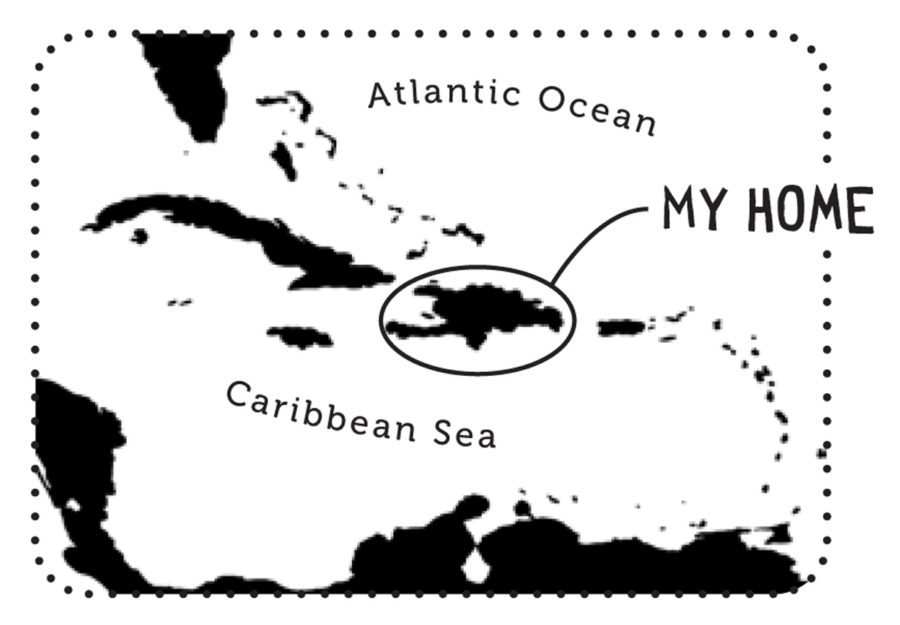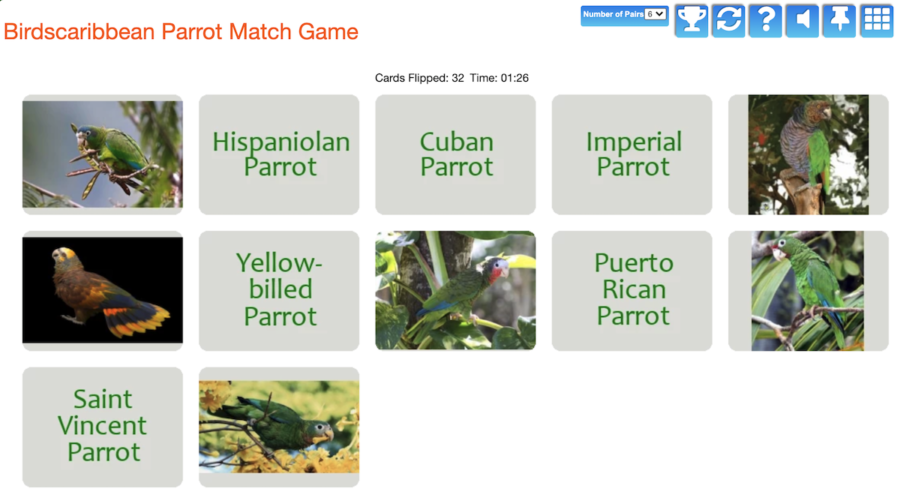Celebrate the Caribbean Endemic Bird Festival (CEBF) with us in our virtual “From the Nest” edition! Have fun learning about a new endemic bird every day. We have colouring pages, puzzles, activities, and more. Download for free and enjoy nature with your family at home.
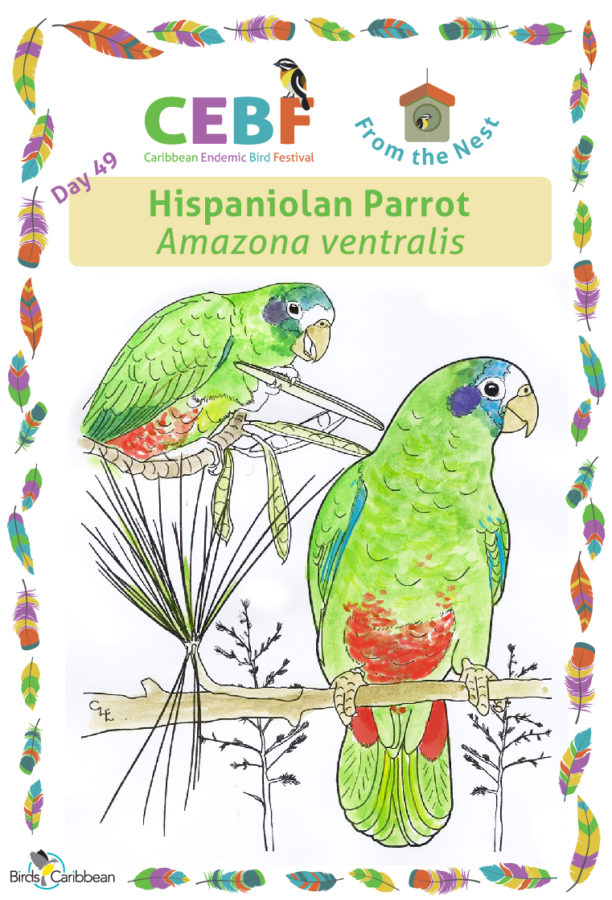
Endemic Bird of the Day: Hispaniolan Parrot
Are those treetops extra loud or is it just us? No, it’s the Hispaniolan Parrot! Known as the Cotorra in Spanish and the Jako or Jacquot in Haiti, these birds often travel in large groups squawking and screeching as they hunt for ripe fruits. Their bright green plumage works well as camouflage as they forage in tropical treetops. The Hispaniolan Parrot is one of the smallest parrots in the genus, Amazona, measuring in at only 28-31 cm. These charismatic birds are brilliant green with a maroon belly, white forehead, light blue headband, pale beak, dark blue cheek patches, and red in the tail. Their bright blue flight feathers help to distinguish them from the similar Hispaniolan Parakeet in flight.
Hispaniolan Parrots are endemic to the island of Hispaniola and are currently listed as Vulnerable. They live in a variety of wooded habitats, from arid palm-savanna to pine and montane humid forest. They typically nest in tree cavities, laying 2 to 4 eggs during the February to June breeding season. Formerly common throughout the island, Hispaniolan Parrots are now much reduced in numbers and locally common only in major forest reserves. Their population decline is due to loss of habitat from deforestation and illegal capture for the local and international pet trade. In addition, these birds forage in cultivated crops and are shot as crop pests.
In the Dominican Republic it is illegal to keep these birds as pets, but the presence of parrots in Dominican households is not uncommon. The government has made a strong effort to seize illegal birds and rehabilitate them in the Santo Domingo Zoo. NGOs and community groups have carried out education campaigns. Some poaching still continues, however, with chicks robbed from nests at a young age and sold as pets. This activity also destroys nest sites because nesting trees are often cut down to reach the chicks.
Fortunately, Dominican conservation groups have led the way in efforts to involve local communities in helping to protect wild populations. Farmers and people living in rural areas often have the best knowledge of the local flora and fauna, including where birds like parrots are known to nest. These people are hired as park rangers and provided monetary incentives to ensure breeding parrots in the area fledge chicks. This not only protects parrots when they are most vulnerable, but also gives communities more ownership and pride in hosting these unique parrots on their farms. You can do your part to help conserve parrots by educating others and supporting conservation of their forest habitat. Learn more about this species, including its range, photos, and calls here.
Colour in the Hispaniolan Parrot!
Download the page from Endemic Birds of the West Indies Colouring Book. Use the drawing above or photo below as your guide, or you can look up pictures of the bird online or in a bird field guide if you have one. Share your coloured-in page with us by posting it online and tagging us @BirdsCaribbean #CEBFfromthenest
Listen to the call of the Hispaniolan Parrot
The Hispaniolan Parrot‘s has a wide variety of loud squawks and screeches and 2-syllable bugling flight calls. Dominicans will commonly refer to Hispaniolan Parrots as “cú-ca”, in reference to one of the their most common sounds and calls.
Puzzle of the Day
Click on the image below to do the puzzle. You can make the puzzle as easy or as hard as you like – for example, 6, 8, or 12 pieces for young children, all the way up to 1,024 pieces for those that are up for a challenge!
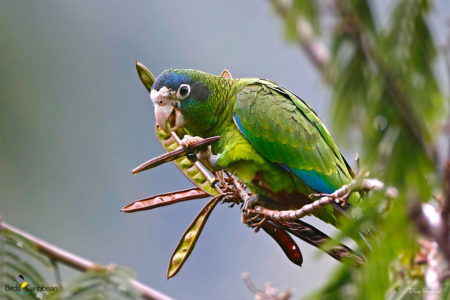
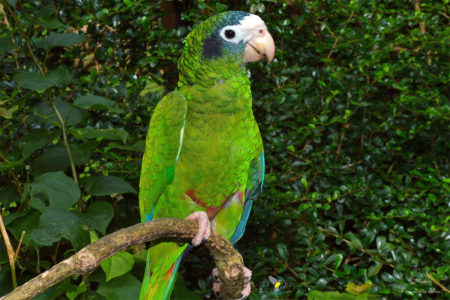
Activity of the Day
FOR KIDS & ADULTS: Don’t miss this excellent short video about the Hispaniolan Parrot featuring Dr. Yolanda Leon, Executive Director of Grupo Jaragua. This conservation group is working hard to save the parrot and other invaluable biodiversity in the Dominican Republic.
The Caribbean is home to 9 species of endemic parrots – how many do you know? Test your knowledge and learn more about these special birds with our fun Caribbean Parrot Memory Match Game.

